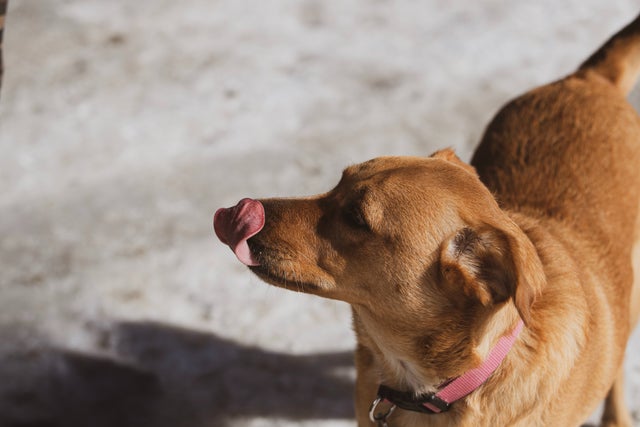Any dog who lives in or travels to an area where Valley Fever is common is at risk for catching the disease. Some groups are more prone to developing the disease and experiencing symptoms.
Young Dogs
Dogs who have not fully developed their immune systems are at higher risk of contracting the disease. When a dog’s immune system is not developed, it is more difficult for their body to kill the spores. Younger dogs also tend to be more active outdoors, increasing exposure and chances of inhaling spores. Young dogs who develop the disease may also be at risk of premature heart failure.

Older Dogs
On the contrary, older dogs whose immune systems have deteriorated with age may develop the disease. Symptoms in older dogs may also be more severe because they often experience lower levels of mobility than younger dogs.

Dogs with Preexisting Conditions
Dogs with preexisting conditions like cancer or other diseases could also be at higher risk of developing the disease. The drugs they are taking can affect the immune system. Depending on the dog, symptoms could be more severe and the disease may be more difficult to treat.
Dogs Who Have Had Valley Fever
It is possible for Valley Fever to relapse in humans and dogs. Even if well-treated the first time, the disease can relapse after spores have remained dormant for some time. The rate of relapse in dogs is not yet known, but it is predicted to be similar to the 30-50% rate in humans. It is important to follow your veterinarian’s advice for treatment because the disease can be hard to eliminate completely.
Other Factors
Environmental factors impact the chance of the fungus being stirred up and inhaled. Heavy rainfall helps the fungus grow, and a following dry spell where dirt and dust can be disturbed increases the chances of inhalation. Earthquakes, farming, and digging can displace spores from the soil and make them airborne. Dogs who spend a lot of time outside are at higher risk of developing the disease due to increased exposure time. Research is ongoing to determine if certain breeds and age groups are at higher risk of developing Valley Fever. Always tell your veterinarian where you have traveled so they can diagnose the disease and help with treatment, if necessary.

Learn about Anivive's work to end Valley Fever.




